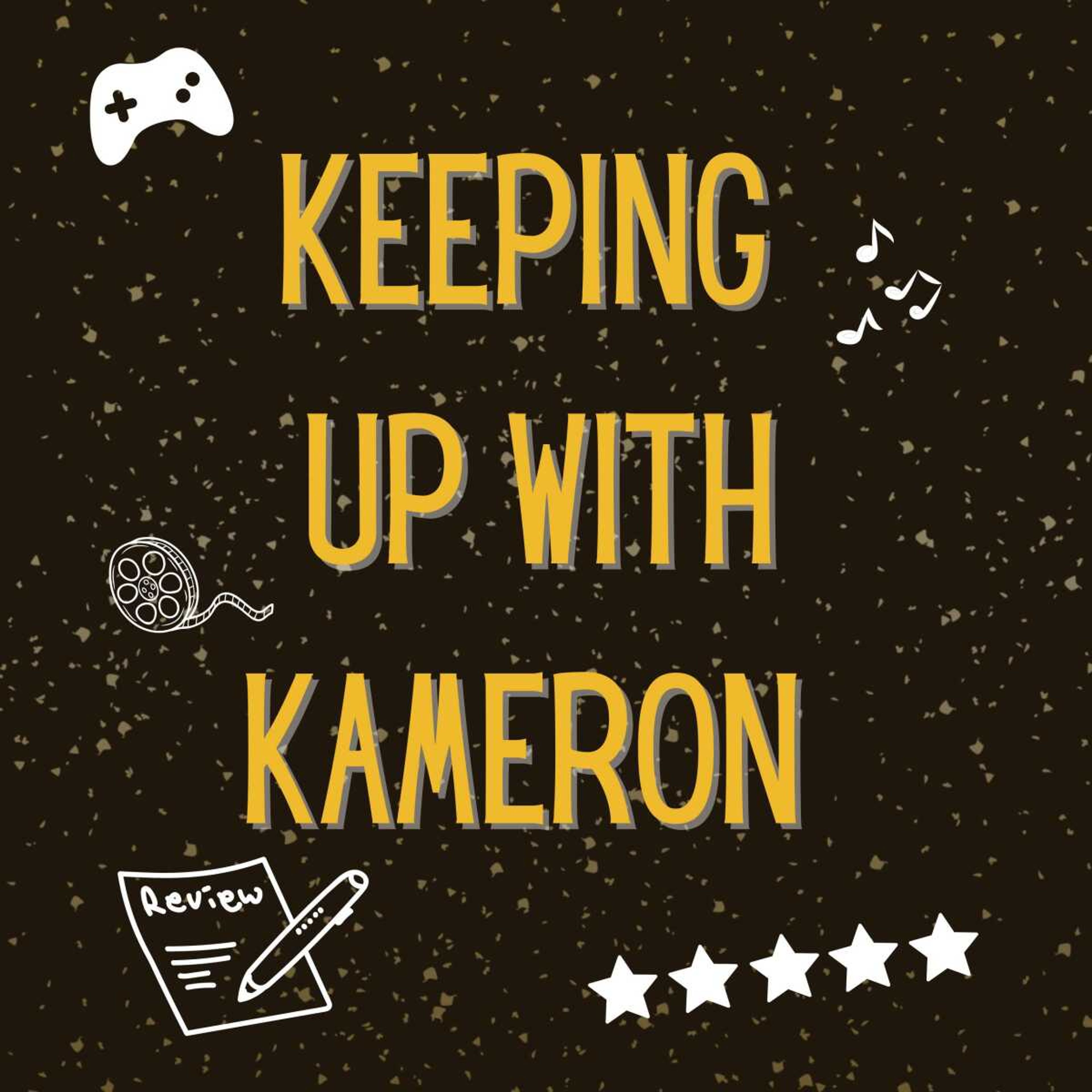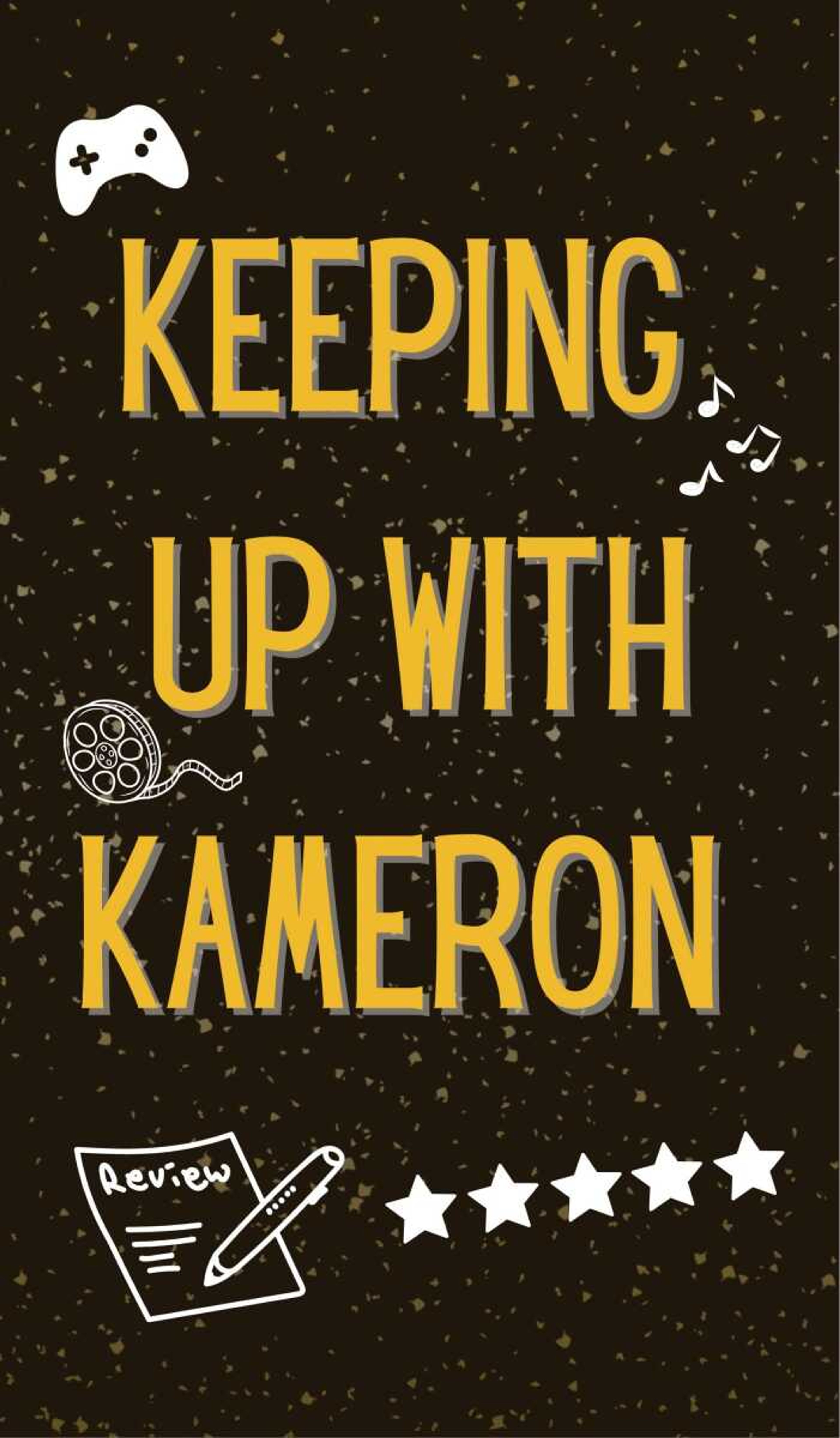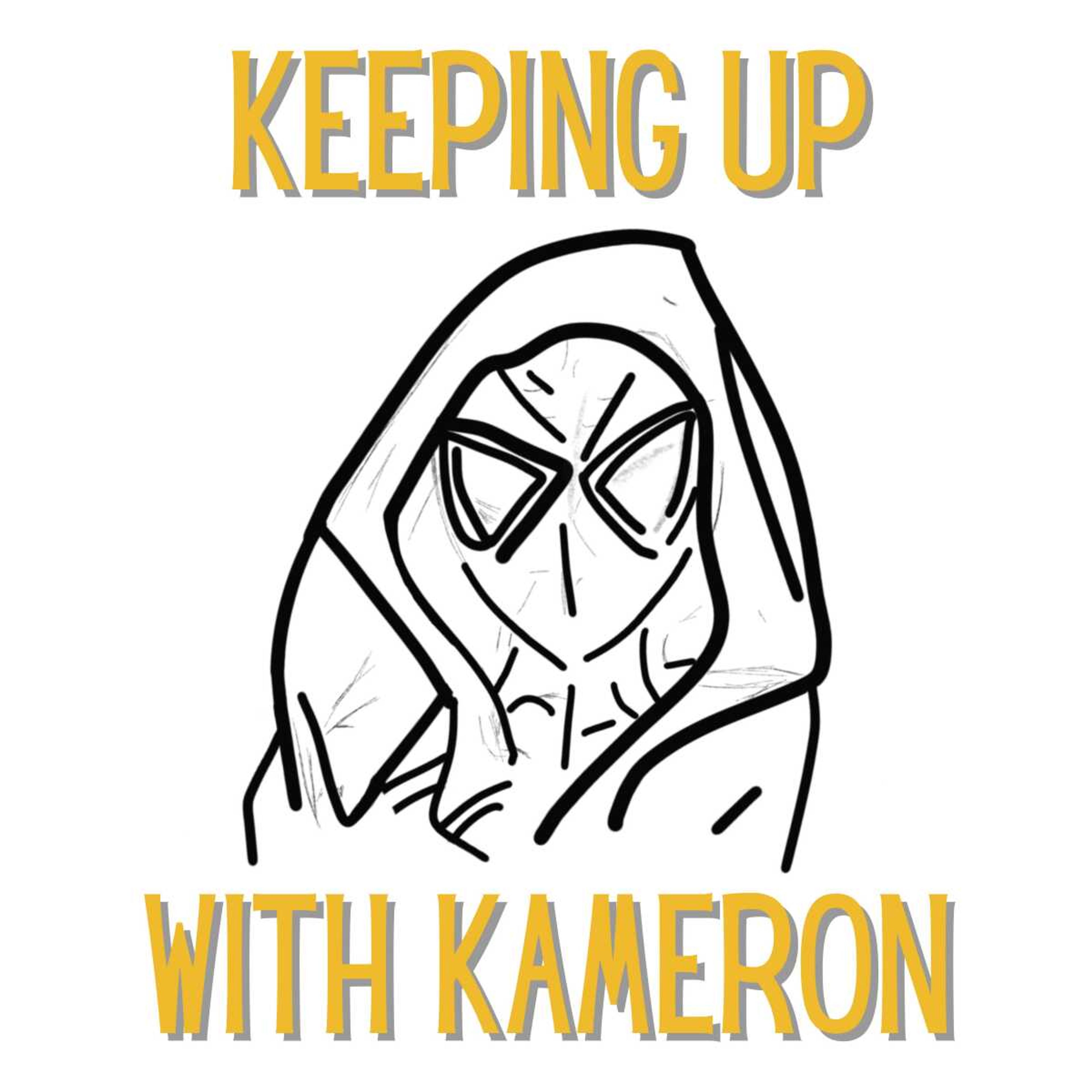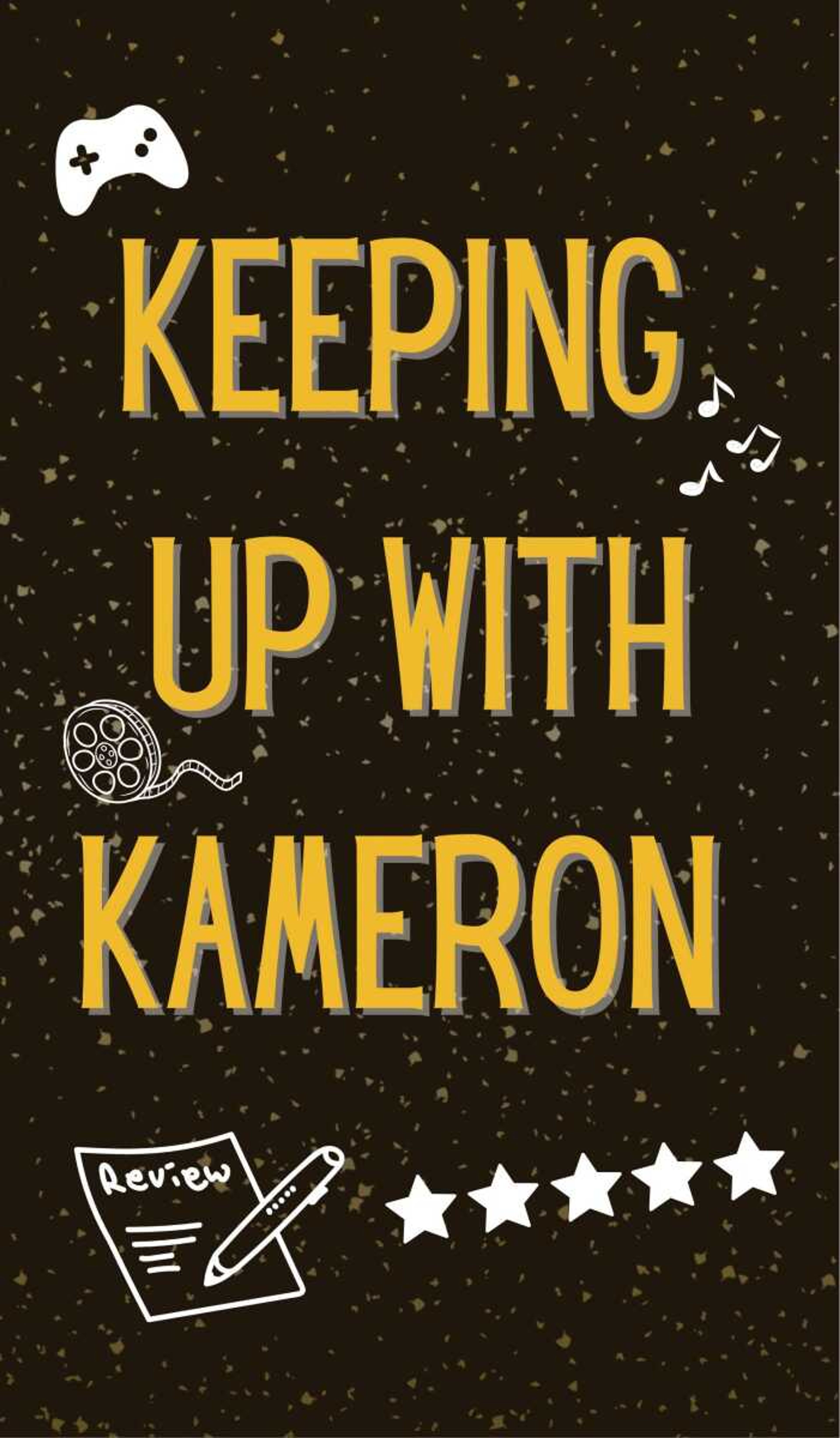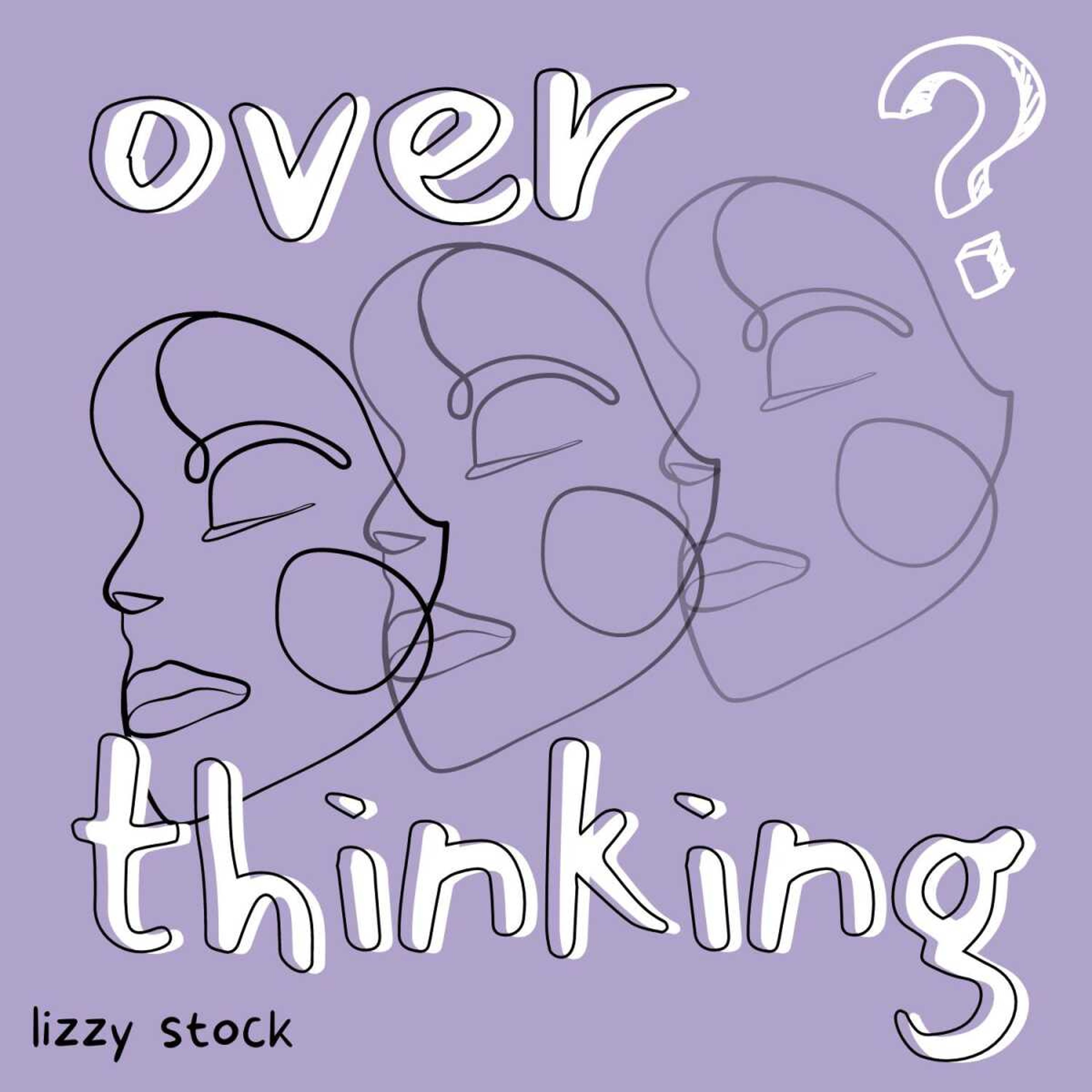The type of American Girl Doll (AGD) you resonate with says something about you. It’s the same sort of phenomenon that occurs among us when discussing our favorite member of a (boy) band or even our favorite character in a game. For example, if you were/are a Harry gal, you’re a little crunchy granola. (There’s no shade here; me, too, baby — me, too.)
The last thing I would ever want to do is be a party pooper, but we have seriously got to revisit the American Girl Doll website and have a chat. I’m assuming that you, a lot like me, did not do research as a kid, because why would you? To be completely forthcoming, I spent the doll-loving era of my life longingly looking at the glossy pages of American Girl catalogs and taking extra-good care of the non-AGD dolls my parents could afford to buy for me.
In the catalogs, all of the historically-inspired dolls were posed in their time-period clothing with one or two really adorable accessories, and the customizable dolls called my name and taunted me with a representation I could not have via non-white dolls. It was ultimately a recent meme and conversation that sparked my curiosity and drove me to the overpriced site to confirm the dolls still existed.
Picture me this, bestie: I am three too many shots of espresso in and two hours deep in this fixation, and the universe hands me a two-for-one blessing and curse. I stumble across the American Girl Wiki and end up scrolling and clicking endlessly between both the official and fandom websites, starving for these made-up traits and facts that bring these characters to life.
Before anyone says it, I know, they’re just dolls, and it’s not *that* serious. However, it actually really is sort of that serious to look closely at the products a company produces, especially when the products are targeting little girls under the façade of feminism. To save you some time, I dug through AGWiki, who did not come to play. Moderators compiled family trees, traits, hobbies and likes/dislikes for every doll.
Before I absolutely slander some of the dolls, let me give my honorable mentions: Aduke “Addy” Walker who represents the Civil War period, specifically 1864; Ivy Ling, our other 1970s queen; Elizabeth Cole from the American Revolution time period; Emily Bennett who is displaced during WWII; Josefina Montoya, our Southwestern American queen of 1824 pre-American ownership of the area; Nanea Mitchell representing Hawai’i and its people post-Pearl Harbor; and lastly, Kaya’aton’my, or “Kaya,” of 1764 giving some representation to our Indigenous girlies. Elizabeth and Emily both fall victim to being rather static characters just for their besties, Felicity and Molly, to experience some perspective and character growth. Both Elizabeth and Emily are foils, and they experience hardships ranging from displacement to poverty, things that are nowhere on Felicity and Molly’s radar of first-world problems. Addy, Ivy, Josefina, Nanea, and Kaya fall victim to racial stereotypes, and American Girl Doll glosses over serious racial and societal inequities these dolls would have faced if they had been real-life girls by sending them on ~silly little adventures.~
While it is important to take the age of your audience into consideration, there is 100% a way to talk about these issues in a more honest and transparent way with children. If Addy can be written as an enslaved girl (which, first of all, what the heck AGD, young Black girls deserve better, but OK) and Nanea can navigate the trauma and PTSD that subsequently follows from her traumatic experience with Pearl Harbor, then why not provide young girls with more concrete solutions than being told survival alone is strong and resilient or that after a traumatic experience, one should take up dancing? As not groundbreaking as it may seem, maybe it’s just as simple as showing therapy or positing a stronger community from which these young girls receive support.
While some issues do exist within the existing character craftings, I will respectfully nod to American Girl for giving Addy a traditional Yoruban name and representing the Nimíipuu people (although barely.)
My top five dolls ultimately come down to:
Melody Ellison (1964)
Our gal Dee-Dee loves singing and gardening, but sadly gets stage fright. Naturally we are sending the best vibes to this sweet girl! (P.S. I’m so sorry they didn’t give you more than just Motown, baby, but you’re rocking the bayangs!)
Nellie O’Malley (1904)
Alexa, play “Strawberry Blond” by Mitski because our girl Nellie is a shy and reserved, strawberry blond working gal (soz about the child labor and the discontinument.)
Rebecca Rubin (1914)
Beckie is an icon for young Jewish girls through and through. She lives for the flair and wants to be an actress, totally kills it at crochet, and is fluent in Yiddish! (AGD made sure Yiddish was incorporated throughout all translations of Rebecca’s stories. Finger snaps for you!)
Maryellen Larkin (1954)
Maryellen is totally cool, she loves Debbie Reynolds, swimming, and running. She demands she be taken seriously and doesn’t let her long-standing Polio effects get her down. (Get your Polio vaccines — or really any of them for that matter, Maryellen said.)
Julie Albright (1974)
Our groovy ‘70s queen wears some killer tie-dye and floral prints and refutes any smack talk about women in sports. She was also the first American Girl Doll released with pants, thank you Title IX *kisses*!
As for the dolls to stay away from: Ruthie Smithens (1930s, she’s got a stinky little attitude towards the Great Depression,) Samantha Parkington (1904, her family hires Nellie on as a housemaid which is super weird and Sam displays classist behaviors,) Felicity Merriman (I get that she’s from the American Revolutionary War Era but erm– very yucky for her to own two slaves,) and Molly McIntire (Molly gives us a little Midwest representation–all my IL homies have your moment– but she majorly has a bad attitude towards WWII, calling it “a mostly distant inconveince,” yuck.) For me, it really boils down to the fact that all four of these girls are quite often mean to their friends and I don’t know about you, but we don’t need any Felicity’s. At the end of the day, they are, in fact, just dolls. Enjoy the silly little outfits and the vibes and supplement some of the wack stories with some more fruitful education for your children.
